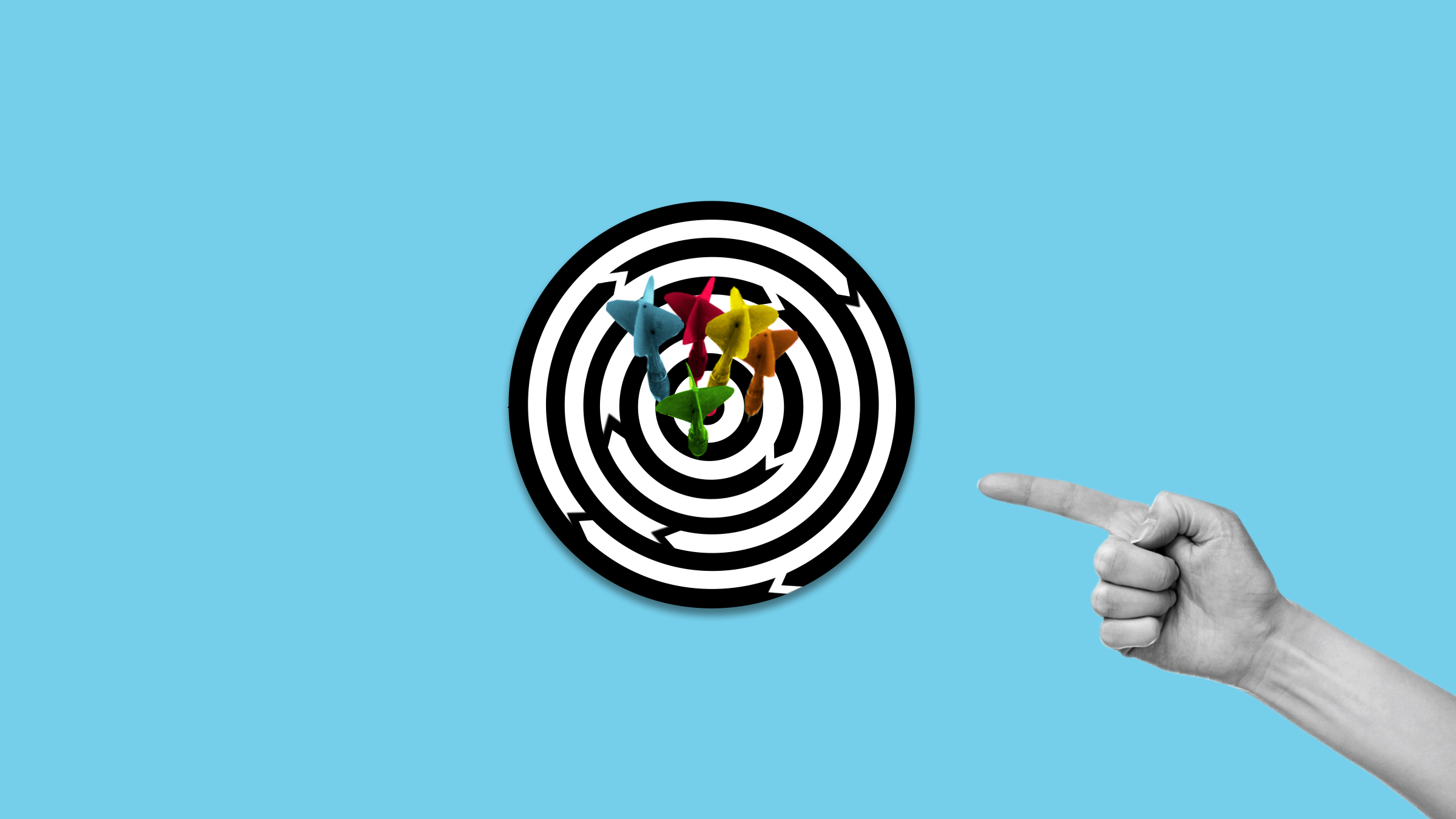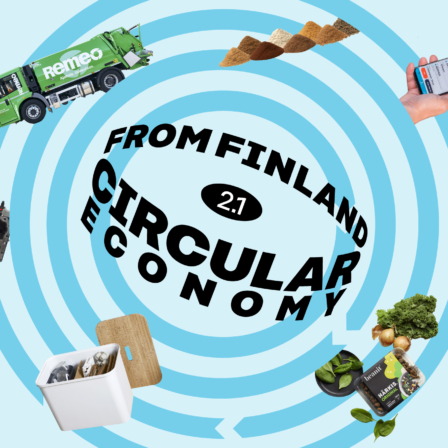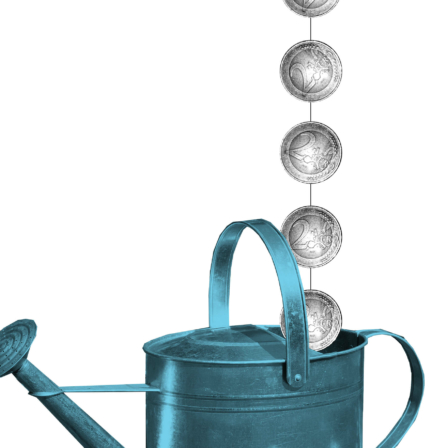When Ray Anderson, founder of the US-based carpet and flooring manufacturing company Interface, mentioned Mother Earth, who was in trouble, in his speech in 1995, the value of his company’s stock fell by 50 per cent the following day. Clearly, people did not understand what Mother Earth had to do with the company’s business.
The company soon launched a programme called Mission Zero with the goal of eliminating any negative impact the company has on the environment by 2020. This goal was to be achieved through new technologies and a radical redesign of processes and products: by reducing waste and harmful emissions and significantly increasing the use of renewable energy and reuse of materials.
Interface and its Mission Zero is a prime example of a company determined to redesign its operations in the direction of a circular economy. There are encouraging examples in Europe, too. For example, how many of us would have believed that in 2018 nearly 70 per cent of Neste’s comparable operating profit came from the sale of renewable products, when as recently as 2007 the company’s business was based solely on fossil fuels?
Pioneers such as Interface and Neste are already making a profit with products that promote a circular economy. The most interesting companies in the circular economy, a list published by Sitra, has recently been published for the fourth time and includes a total of 124 companies. The list aims to challenge all Finnish companies to meet the needs of a changing world and to take advantage of the opportunities offered by the circular economy.
There are numerous examples of business activities related to the circular economy, both in Finland and abroad, but full-blooded circular economy firms are rare. The big change, in which businesses adapt their operations to the planet’s carrying capacity, is still a long way off.
An opportunity and a necessity
Many of the individual businesses mentioned in the most interesting list are still heavily dependent on products being manufactured and sold as much as possible. At the lower end of value chains, high volumes of new products and virgin materials are needed to enable a circular economy at the high end of the chain. In the circular economy, the focus is too often on materials, side streams and recycling; instead, what should be at the core of the change is new business models and a total redesign of value chains.
Why, then, should companies embrace the circular economy? What are the tangible benefits and are there any encouraging examples? Michelin is an excellent example of how the “product as a service” model can open up new business opportunities through a deeper customer relationship. In 2013, the company moved from selling tyres to selling mileage to its heavy goods vehicle customers.
Today, the billion-dollar Michelin Solutions business covers maintenance and additional services, such as route optimisation and fleet management. Service-oriented thinking, new markets for used tyres and new partnerships have completely changed the tyre design process. The focus is now on eco-design and adaptability, which enable us to fully utilise the value of the materials.
On the other hand, the circular economy can bring savings and improve the efficiency of companies – for example, by minimising wastage of materials or equipment. Companies that take the circular economy seriously are also attractive to investors, because they are better protected from market risks related to raw materials and climate change. In Finland, for example, Business Finland, Tesi and Taaleri invest heavily in circular economy companies.
Adopting a circular economy is not only a wise business move but also essential for a sustainable future.
At the international level, it is recognised that overconsumption of natural resources, climate change and loss of biodiversity are alarming problems. The circular economy provides solutions to these challenges.
A study by Sitra and Material Economics from 2018 emphasises that energy-efficiency improvements and the use of renewable energy are not enough to limit global warming to two degrees Celsius. In addition, we will need significant circular economy leaps, especially in the value chains of the four key materials in the global economy: plastic, aluminium, steel and concrete.
Circular economy business models for sustainable growth
In the future, most of the value creation of companies will come from five circular economy business models: product as a service; renewability; sharing platforms; extending the product life cycle; and resource efficiency and recycling. Finnish firms are already applying these business models in many different ways.
The most interesting list includes, among others, the traditional Finnish company Lindström. It offers work uniforms as a service: the uniforms remain the property of Lindström to the end of their life cycle. As the owner, Lindström has an interest in maintaining the garments in good condition to ensure a long useful life for them. The operating model is supported by RFID chips, which collect information on the use and maintenance of the garments to optimise the customer experience. With such service contracts, companies often will be able to increase other sales to customers. The product as a service business model is also applied by MaaS Global and Kyyti Group, who want to transform the mobility value chain based on private cars by providing mobility as a service on digital platforms.
Elsewhere, Spinnova is developing a wood-based, easy-to-recycle textile fibre to replace cotton, which is in many ways a burden on the environment. From the point of view of the renewability business model, it is essential that environmentally friendly renewable, recyclable or reusable materials and renewable energy are used as much as possible in product design and manufacturing. In this way, a company, or an entire value chain, will build its business on a long-term basis, based on low-risk and cost-effective resources. This means a competitive advantage over solutions using virgin and non-renewable resources.
Combi Works’ AirFaas service is a digital sharing platform that innovatively brings together those that own production capacity and those that need it. In this way, factories can be used more and those that need production capacity can acquire it without having to own a factory. Sharing platforms thus enable more efficient use of underused products and resources. Through such platforms, a company (B2B) or consumer (B2C, C2C) will be able to use a product or service without having to own it. Customers will benefit from the flexibility of the system and from access to varied and affordable resources.
Five years ago, Valtra created a new business from remanufacturing used gearboxes. This business has grown at an annual rate of 30 to 40 per cent. A remanufactured gearbox is much cheaper for the customer and it also significantly saves natural resources compared to a new one. Valtra’s business is based on extending the product life cycle, where the product remains in its original use as long as possible – for example, by means of repair and refurbishment. From the business point of view, the model creates new growth opportunities in the aftermarket. In this way, the value of the product, whether in the form of materials, energy or work, will benefit the business longer.
Betolar turns building industry waste into construction materials with a carbon footprint up to 90 per cent smaller than conventional concrete. The solution enables customers to make use of their waste and save on waste charges. At the same time, construction companies receive affordable and high-quality, low-carbon building materials. Resource efficiency and recycling create value by optimising material and energy efficiency and by using by-products and waste from production processes as a raw material in production.
Tools for the various stages of business model development and example cases are available in the Circular Economy Playbook compiled by Sitra, Technology Industries of Finland and Accenture. Sitra has also helped boost circular economy-based business through, for example, LOOP Ventures.
Still time to jump aboard
In the future, the cash flow of companies will increasingly come from the circular economy. To be successful in the market, companies need to include circular economy principles at the core of their business. Just like digitisation, it will change our daily lives as well as our way of working in both business and public administration. The pacesetters in the business world have a head start, but there is still time for others to catch up. Often, the first step is for companies to genuinely identify the business opportunities that the circular economy could offer them.
And how is Interface doing now, more than 20 years after the launch of Mission Zero? Today, this billion-dollar company is a global pioneer in the design and manufacture of flooring materials produced in accordance with circular economy principles. To give a few examples of the results achieved, about 60 per cent of the raw materials of the company’s products are recycled or bio-based; the share of renewable energy in the production plants is nearing 90 per cent; and carbon intensity, i.e. the ratio of greenhouse gas emissions to turnover, has decreased by 96 per cent compared to 1996. The company’s turnover, on the other hand, has increased from $800 million in 1995 to $1.2 billion in 2018.





Recommended